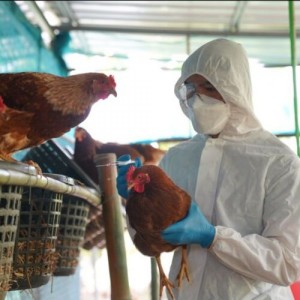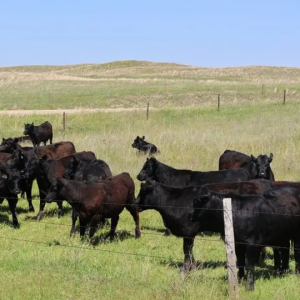Biomarkers of sepsis in pigs, horses and cattle: from acute phase proteins to procalcitonin
Sepsis is a complex clinical syndrome triggered by an inflammatory host response to an infection. This review aims to describe the general concepts of sepsis and current knowledge about the biomarkers of sepsis in pigs, horses and cattle. The study's authors also discuss advances in the field.
Sepsis is typically complicated to detect and diagnose, and has severe consequences in human and veterinary health, especially when treatment is not started early. Therefore, efforts to detect sepsis accurately are needed. In addition, its proper diagnosis could reduce the misuse of antibiotics, which is essential fighting against antimicrobial resistance.
This is a particular issue in livestock or farm animals, as antibiotics have been traditionally given liberally, but they are now becoming increasingly more restricted. When sepsis is suspected in animals, the most frequently used biomarkers are acute phase proteins such as C-reactive protein, serum amyloid A and haptoglobin, but their concentrations can increase in other inflammatory conditions.
In human patients, the most promising biomarkers to detect sepsis are currently procalcitonin and presepsin, and there is a wide range of other biomarkers under study. However, there is little information on the application of these biomarkers in veterinary species.
“Biomarkers of sepsis in pigs, horses and cattle: from acute phase proteins to procalcitonin.” M J López-Martínez, et al. Anim Health Res Rev. 2022 Jun;23(1):82-99. doi: 10.1017/S1466252322000019.




.jpg)









List
Add
Please enter a comment